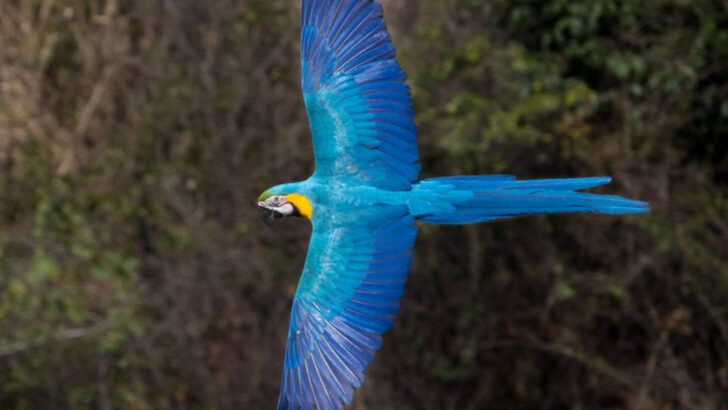Blue birds are nature’s showstoppers—bursting with color and life, they bring your garden to life in ways you never imagined. Their brilliant blue feathers aren’t just a treat for the eyes; their melodies add a soundtrack of beauty to your outdoor space.
From tiny songbirds that fill the air with sweet tunes to larger, bold fowl that add a striking contrast against the green, these blue-winged wonders come in all shapes and sizes. Each species offers something unique, from their behavior to the way they thrive in their habitats.
Whether you’re a bird lover or a gardening enthusiast, these 17 blue birds are sure to steal the show. Get ready to add a splash of color and a chorus of sound to your garden that will leave you in awe. Prepare to be captivated by the magic of blue!
Eastern Bluebird
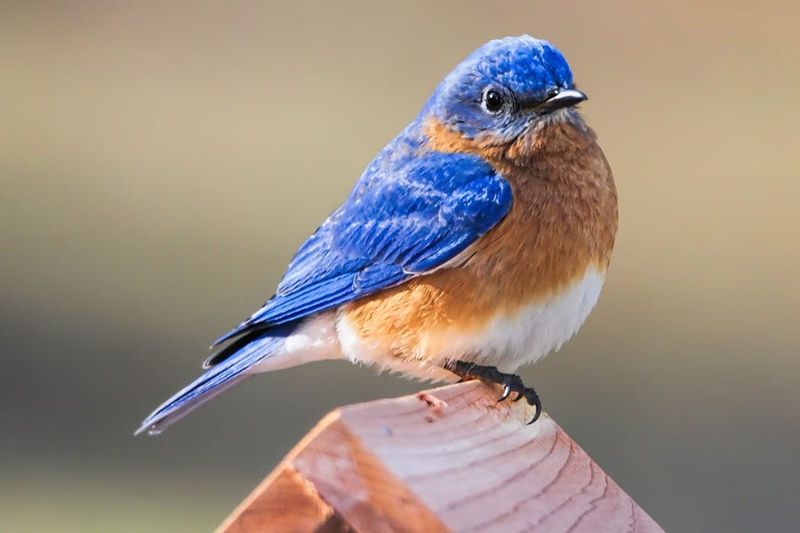
The Eastern Bluebird is a small thrush with a cheerful disposition. Its bright blue feathers glisten in the sunlight, contrasting beautifully with its rust-colored chest. These birds are often seen flitting through open fields and meadows.
They build their nests in tree cavities or birdhouses, making them a delightful addition to any garden. Known for their melodic songs, Eastern Bluebirds communicate through a series of chirps and whistles.
To attract these beauties, consider providing mealworms or planting native berry bushes. Their presence is sure to bring joy to birdwatchers and nature lovers alike.
Blue Jay
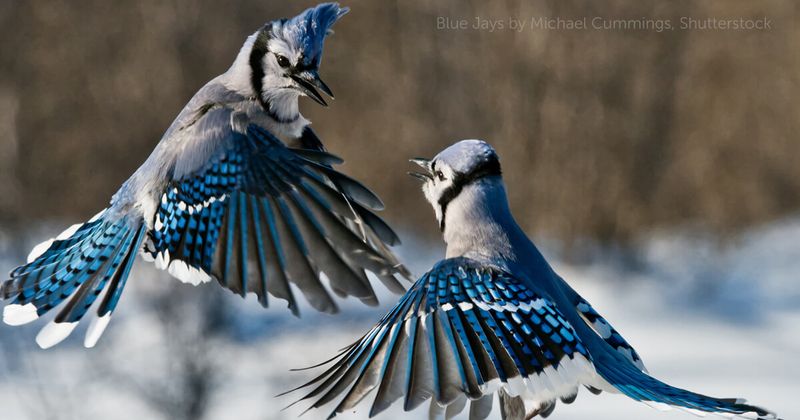
With intelligence and curiosity, Blue Jays are known for their striking blue and white feathers. Their black markings create a bold contrast, making them easy to spot in treetops. These birds have a complex social structure and are often found in family groups.
Blue Jays are known to mimic the calls of other birds, even hawks, to ward off predators. They are also avid acorn collectors, playing a significant role in oak tree dispersion.
If you wish to welcome Blue Jays to your garden, offer peanuts or sunflower seeds, and watch their fascinating antics unfold.
Indigo Bunting
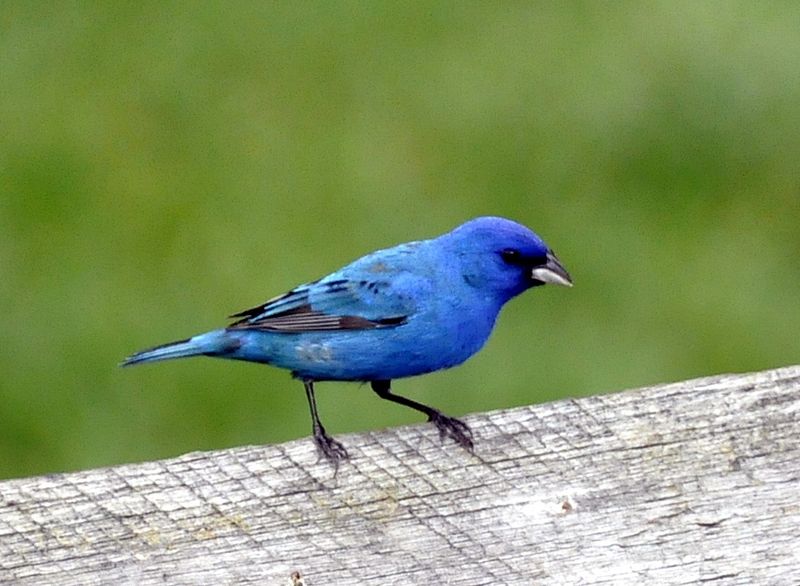
The Indigo Bunting is a small, vibrant bird that captures the essence of summer. Males display a stunning blue plumage during the breeding season, while females and non-breeding males wear brown tones.
These birds prefer open woodland edges and brushy fields. They are known for their sweet, high-pitched songs that resonate during dawn and dusk. Providing seed feeders and insect-rich habitats can attract them.
A delightful presence in any garden, Indigo Buntings add a splash of color and an air of mystery with their seasonal transformations.
Mountain Bluebird
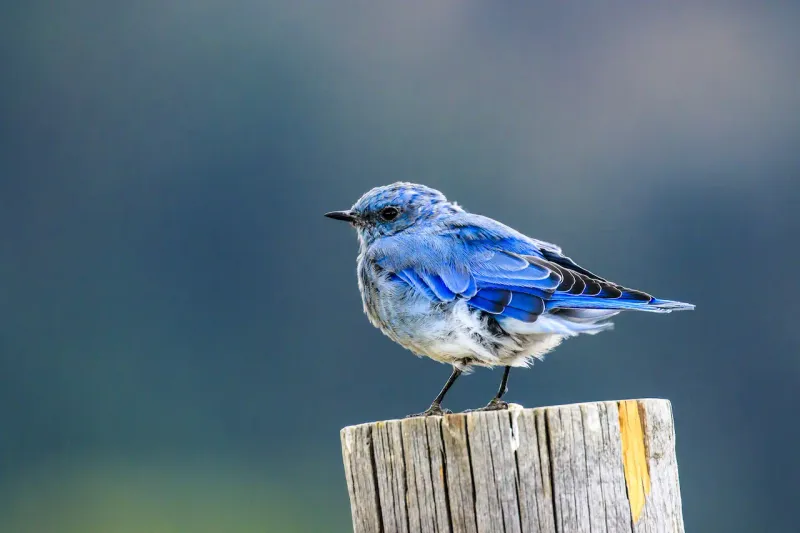
The Mountain Bluebird, with its sky-blue feathers, is a sight to behold. These birds inhabit open areas and are often seen hovering over fields while hunting for insects.
Their gentle demeanor and soft calls make them beloved among birdwatchers. In winter, they form flocks and may travel to lower elevations in search of food.
To invite Mountain Bluebirds into your garden, provide nest boxes and plant native fruit-bearing trees. Their ethereal beauty and graceful flight will surely enchant all who observe them.
Bluebird of Paradise
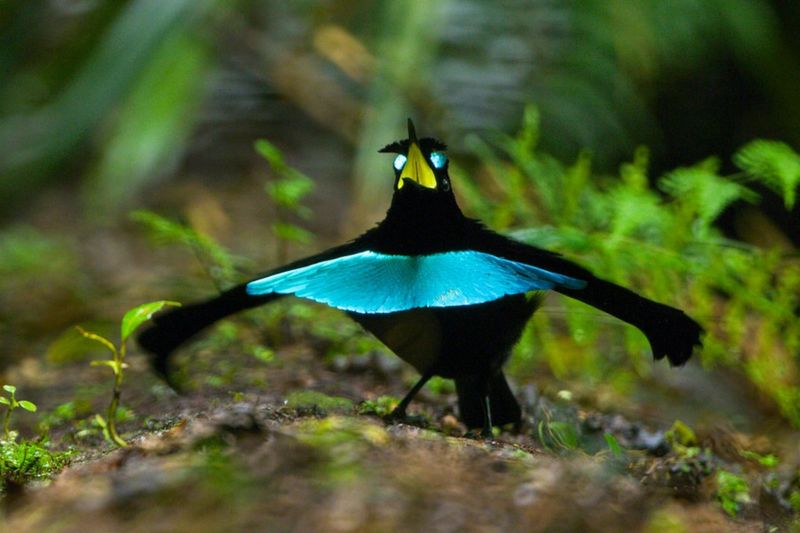
A marvel of nature, the Bluebird of Paradise is celebrated for its elaborate courtship dances and splendid plumage. Found in the rainforests of New Guinea, the males sport bright blue and yellow feathers, while females are more subdued.
These birds are known for their intricate mating rituals, which involve impressive displays of feathers and complex vocalizations. Although not typically found in gardens, they inspire awe and admiration.
Learning about their unique behaviors can enhance appreciation for the diversity of avian life and the wonders of evolution.
Blue Grosbeak
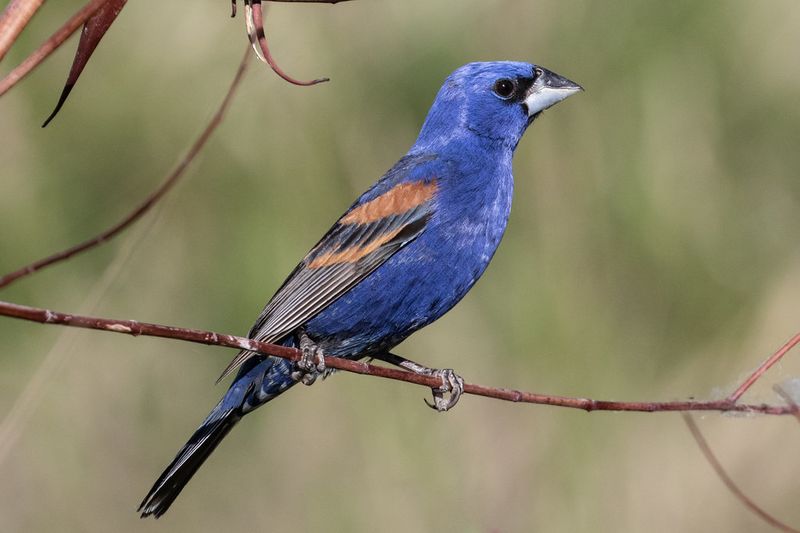
The Blue Grosbeak is a robust songbird that adds a touch of elegance to any garden. Males boast deep blue feathers with rusty wing bars, while females are warm brown.
These birds thrive in shrubby areas and woodland edges. Their rich, warbling song is a treat for the ears, often heard during the breeding season. Planting dense shrubs and providing seed feeders can entice them to visit.
Despite their striking appearance, Blue Grosbeaks are known for their elusive nature, offering a challenge and reward for birdwatchers.
Western Bluebird
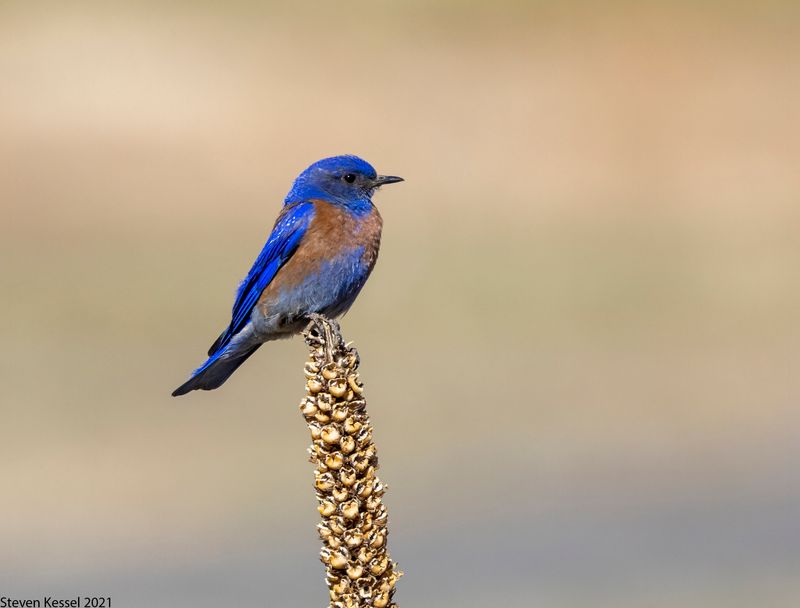
The Western Bluebird, with its vivid azure feathers and warm orange breast, brings a splash of color to meadows and gardens. These birds prefer open woodlands and may often be seen perched on fence posts.
Known for their cooperative breeding habits, they often share nesting responsibilities among family groups. To attract Western Bluebirds, consider installing nest boxes and ensuring open areas for foraging.
Their gentle presence and melodic calls create an enchanting atmosphere, making them a cherished sight for anyone lucky enough to spot them.
Tree Swallow
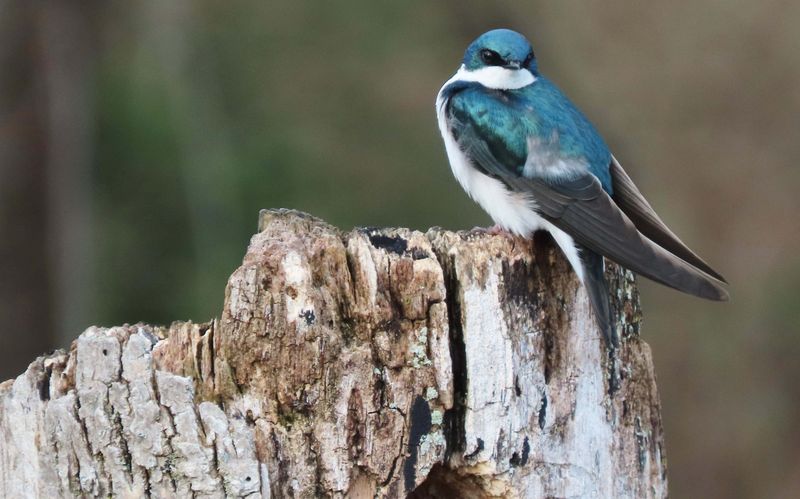
Tree Swallows are agile fliers known for their glossy blue-green feathers. They often swoop gracefully over water bodies to catch insects on the wing.
These birds nest in tree cavities and are highly social, forming large flocks during migration. Providing nest boxes near water can attract them to gardens.
Tree Swallows are a joy to watch, as their aerial acrobatics and shimmering plumage create a spectacle against the sky. Their presence adds life and movement to any landscape.
Blue Tit
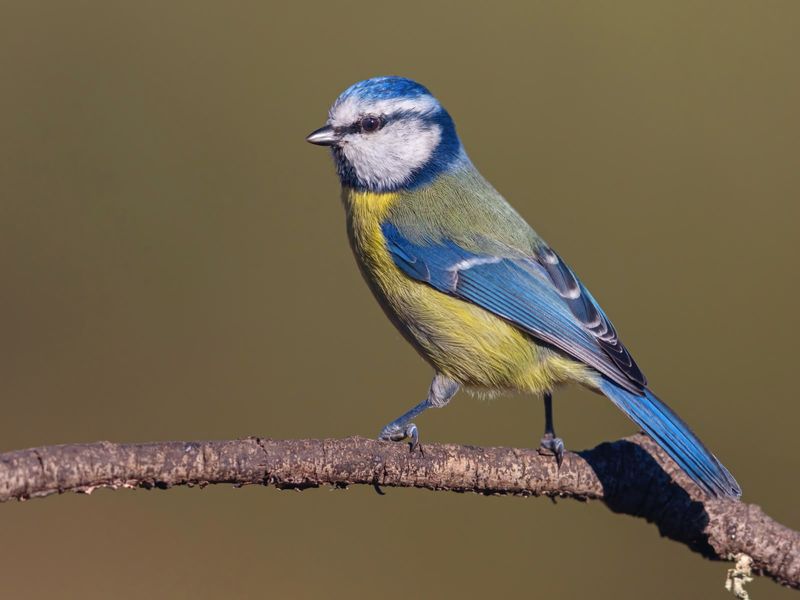
The Blue Tit, with its vibrant blue and yellow feathers, is a small but spirited visitor to many gardens. These birds are known for their acrobatic feeding habits, often seen hanging upside down to reach insects and seeds.
They are highly adaptable, frequenting bird feeders and investigating garden nooks for nesting sites. With their cheerful calls and lively antics, Blue Tits bring joy to any observer.
Planting a mix of native trees and providing bird feeders can enhance their presence in your garden, offering endless entertainment.
Steller’s Jay
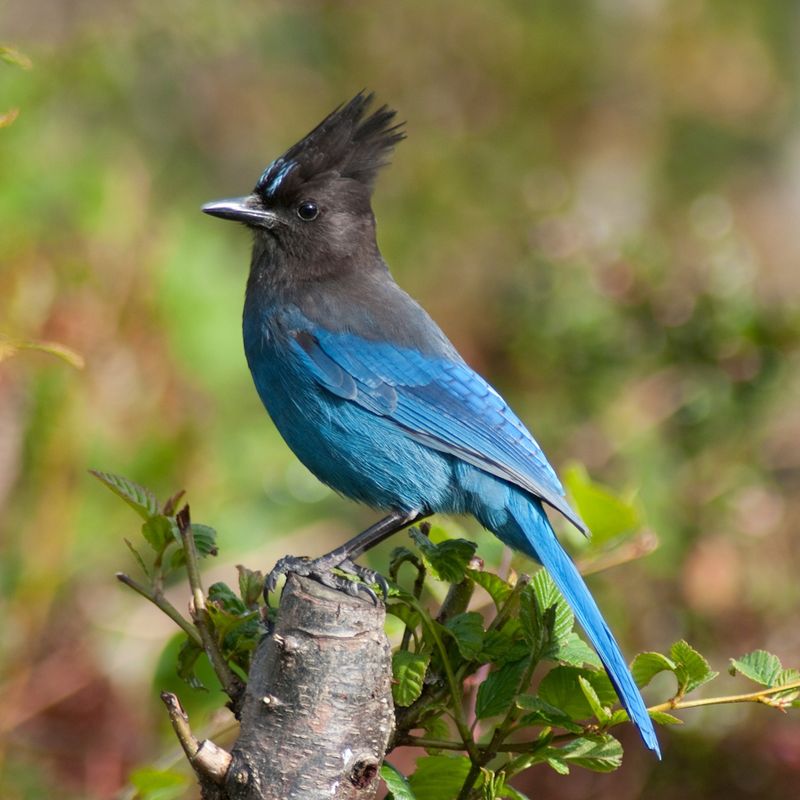
Steller’s Jays are bold and inquisitive, known for their striking blue and black plumage. Found in coniferous forests, these birds are often heard before they are seen, thanks to their loud, varied calls.
They are skilled mimics, able to replicate the sounds of other birds and even some animals. Offering peanuts and suet can attract them to garden feeders.
Their vibrant colors and mischievous behavior make Steller’s Jays a delightful sight, adding character to any natural setting.
Blue-and-yellow Macaw
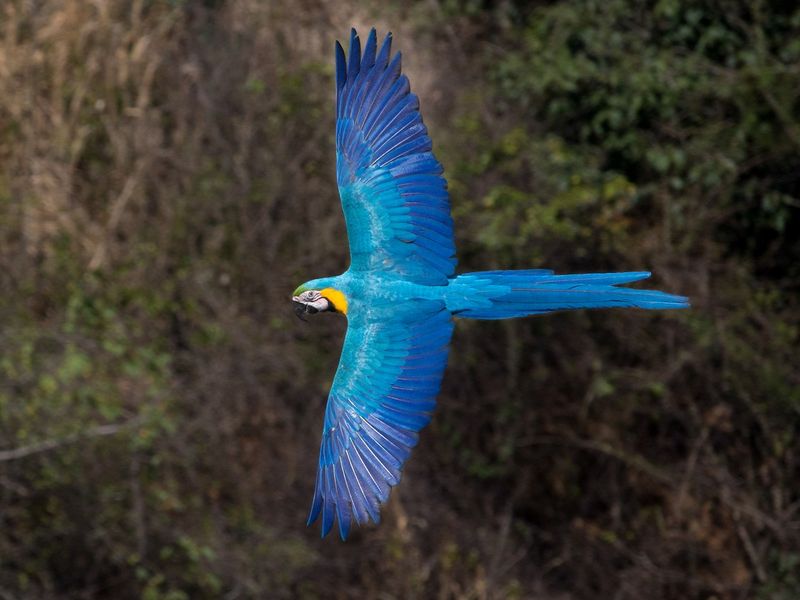
The Blue-and-yellow Macaw is a magnificent parrot known for its bold colors and playful personality. Native to South American rainforests, these birds are highly social and intelligent, often seen in flocks.
Their loud, distinctive calls can carry over long distances, while their strong beaks and dexterous feet allow them to crack nuts and climb with ease. While not a typical garden bird, they captivate with their vivid blue wings and sunny yellow chests.
Appreciating their role in rainforest ecosystems highlights the importance of conservation efforts to protect these charismatic creatures.
Purple Martin
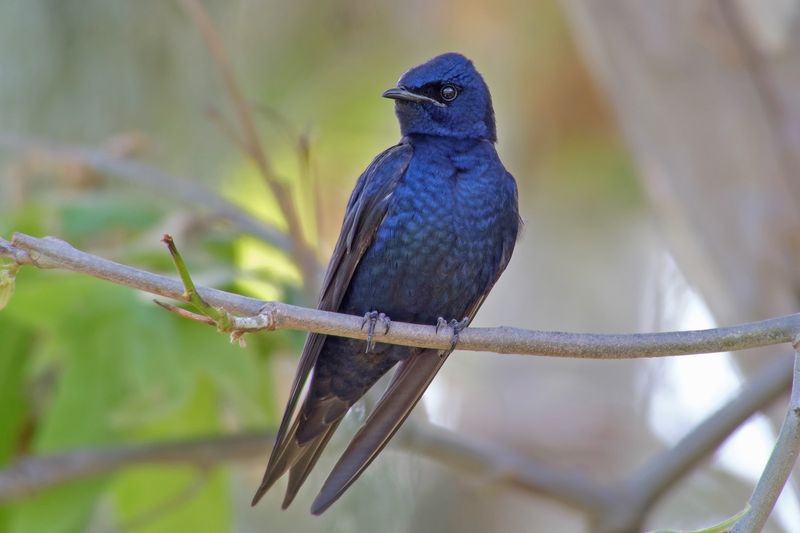
The Purple Martin, North America’s largest swallow, is admired for its graceful flight and glossy blue-black plumage. These birds thrive in open areas near water and are often seen in large colonies.
Providing specially designed birdhouses can attract them to gardens, where they help control insect populations. Their cheerful, gurgling calls add to the ambiance of any outdoor space.
Watching these aerial acrobats in action is a rewarding experience, as they dart and dive with incredible speed and precision.
Barn Swallow

Barn Swallows are known for their striking cobalt blue backs and chestnut throats. These agile fliers are often seen swooping close to the ground in search of insects.
They build cup-shaped mud nests under eaves and bridges, frequently returning to the same site each year. To attract Barn Swallows, open spaces and water sources are key.
Their fluid flight and cheerful chatter bring a sense of vitality to any rural landscape, captivating observers with their effortless grace.
Blue Cuckoo-Shrike
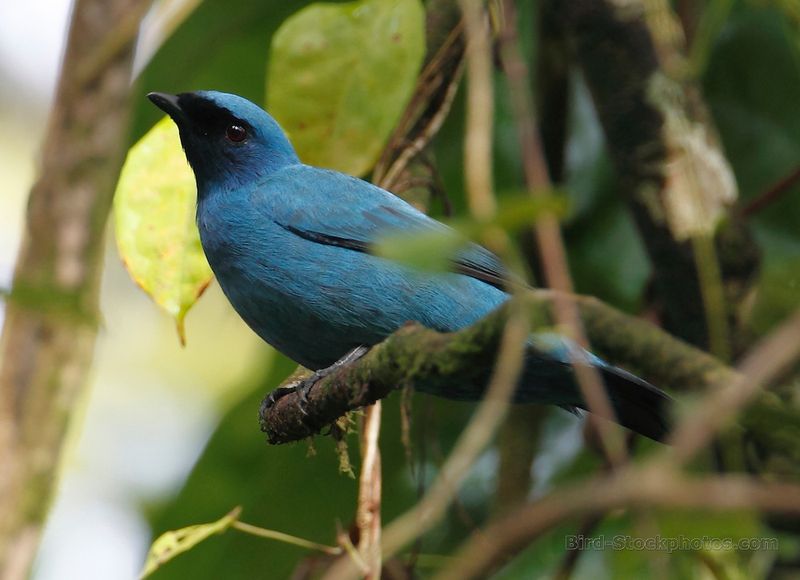
Adorned with sleek, blue plumage, the Blue Cuckoo-Shrike is both a sight and sound to behold. These birds prefer open woodlands and gardens where they can easily flit from branch to branch in search of insects.
Their call is a soft, melodious whistle that adds a tranquil soundtrack to any outdoor setting. The Blue Cuckoo-Shrike’s gentle demeanor makes it a favorite among garden visitors.
Creating a diverse habitat with plenty of trees and shrubs can entice these delightful birds to make your garden their home. Their striking appearance is complemented by their gentle, soothing songs.
Hyacinth Macaw
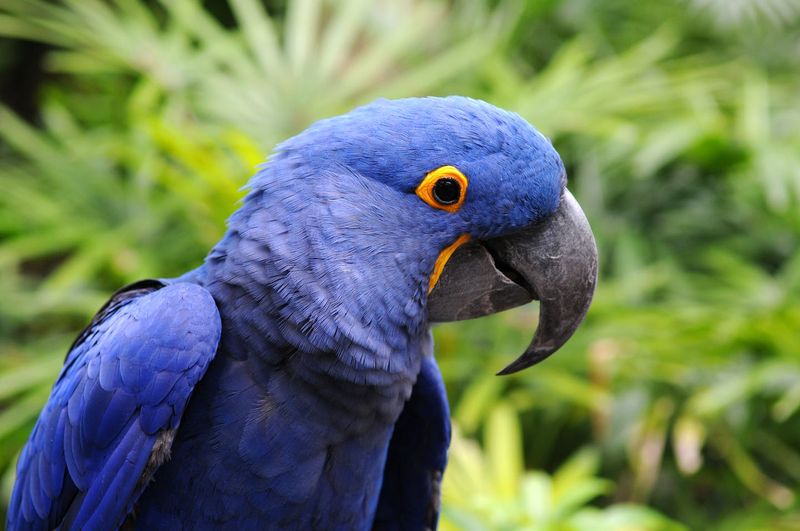
The Hyacinth Macaw, the largest of all flying parrots, is renowned for its striking cobalt blue feathers and powerful beak. Native to the rainforests of South America, they are gentle giants, known for their sociable nature.
These birds require large spaces and an ample supply of nuts to thrive, making them challenging to keep outside of their natural habitat. Their beauty and intelligence make them a symbol of avian magnificence.
Conservation efforts are crucial to protect their dwindling populations, ensuring future generations can admire their majesty.
Cerulean Warbler

The Cerulean Warbler is a small songbird with sky-blue feathers that capture the essence of a clear spring day. Males boast a vibrant color, while females have subtler hues.
These birds prefer mature deciduous forests and are often found high in the canopy. Their rapid, buzzy songs are a herald of spring, bringing joy to birdwatchers.
Conservation efforts focus on preserving their habitats, ensuring these little gems continue to grace our forests and inspire wonder with their delicate beauty.
Lazuli Bunting

With its striking blue and orange feathers, the Lazuli Bunting is a vibrant addition to any garden. This small songbird is known for its delightful melodies, providing a cheerful soundtrack to garden walks.
Lazuli Buntings are social creatures, often seen flitting in small groups or pairs, which can make for lively birdwatching experiences. They thrive in areas where wildflowers and shrubs provide food and shelter.
The sight of a Lazuli Bunting basking in the sunlight is a reminder of the beauty and diversity of nature. Their presence not only enhances the garden’s visual appeal but also its auditory landscape.

